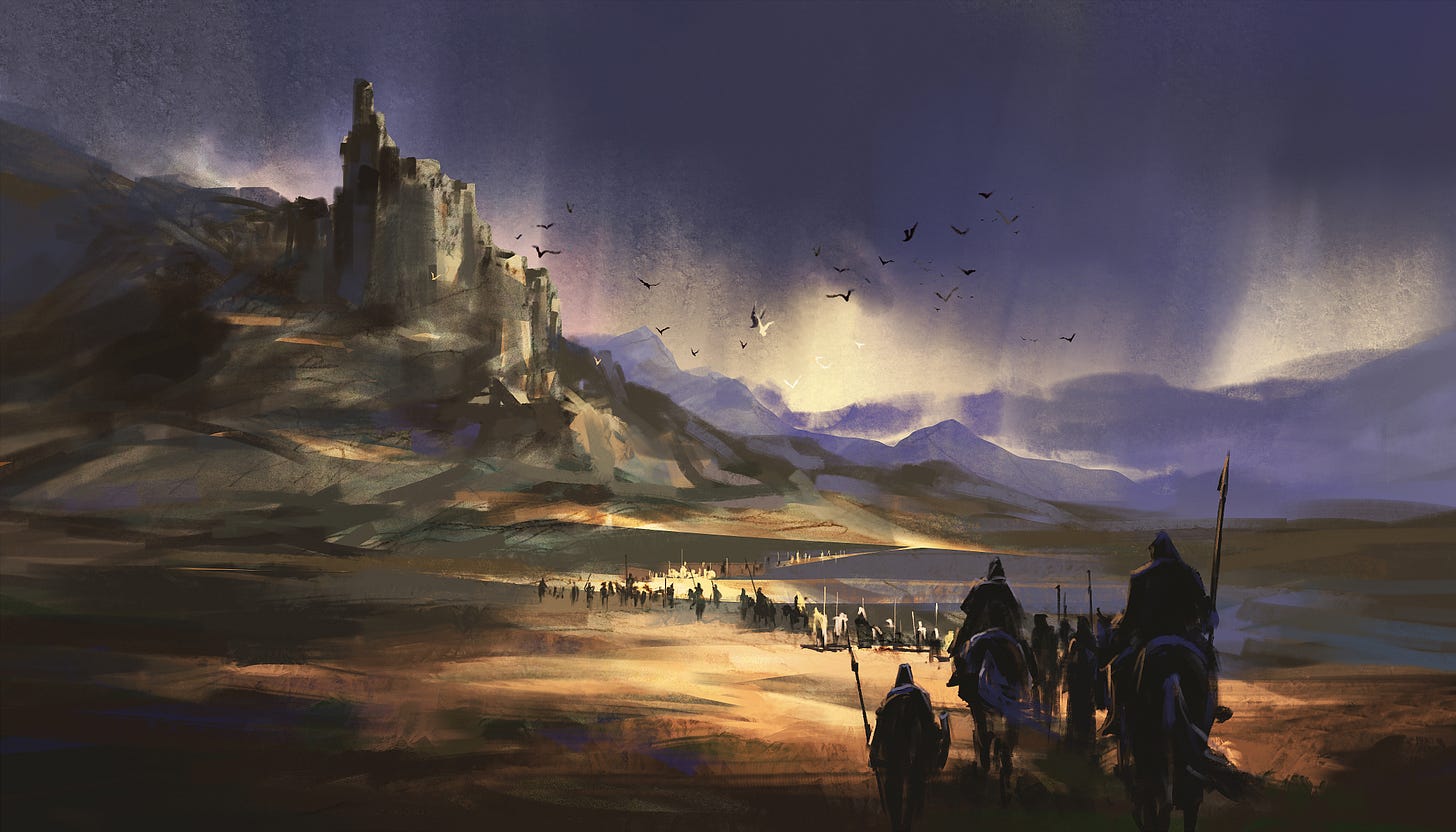Fixing Five Common World-Building Mistakes
How to create a rich, immersive, and consistent world that enhances your narrative

We can all agree that world-building is an essential skill for fiction writers, but it’s even more important for those crafting stories in fantasy, science fiction, and horror. Unfortunately, developing a plausible fictional world that actually serves your story can be challenging, to say the least.
Below are five common world-building mistakes I encounter as a fiction editor and some practical solutions to help you overcome them.
Need more clarity on the issues provided here? Disagree with one of them? If so, leave a comment.
Okay, let’s get started…
Mistake 1: Overwhelming Amount of Details
Writers can get overwhelmed by the sheer volume of details they think they need to include about their world. They want to start the narrative, but first, they must set the stage as thoroughly as possible. So they include as much detail as they can right up front. However, these world-building info dumps aren’t very exciting for readers, and if they’re too detailed, they’re often confusing, too.
Solution
When you’re developing your world, focus on the critical elements that directly impact your story and characters. Use broad strokes to sketch out your world in the opening pages, and then fill in details as the story progresses.
It might help to establish the big-picture elements first, such as geography, politics, and major cultural aspects, but that depends on how your story begins.
Don’t use lengthy expositions to explain the world, but instead, show the characters interacting with that world as they begin their journey.
Mistake 2: Inconsistencies
Maintaining consistency in your world can be a challenge, especially in longer novels or series. But inconsistencies can be jarring for readers, pulling them out of an otherwise engaging story.
Solution
Create a world-building bible or reference document. Use it to detail all the important rules, places, characters, and events of your world. As you develop your story, refer back to this document regularly to ensure consistency.
It’s important to realize that this document can grow and change as you develop your story. You’re not stuck with the rules you create for your world until you publish. If the story and characters change as you write, don’t adhere to rules that no longer work for you. Instead, keep track of any changes or additions you make to preserve coherence.
Mistake 3: Ignoring the World’s Impact on Your Characters
This is probably the most common world-building mistake I encounter. You spend all this time building an elaborate world but you struggle to seamlessly integrate it into the plot, making the world feel disconnected. Or worse, it’s completely irrelevant. In other words, you put all this thought into your world, then you use it as nothing more than a backdrop.
Solution
It doesn’t matter how unique or cool your world is if it doesn’t impact your characters. Remember, the world and plot work together. They’re interdependent. You must integrate world-building elements into your story by making them directly affect your characters and plot.
Don’t just drop a character into the world you’ve created. Instead, ask yourself how the unique aspects of your world shape the narrative. For example, how does the geography or history of your world directly influence your characters and the decisions they make?
Mistake 4: Unrealistic or Unbelievable Elements
Even in fantastical worlds like those in fantasy and science fiction novels, unrealistic elements can break a reader’s suspension of disbelief if they are not well-integrated or justified.
Solution
Ground your world in internal logic and consistency. If you introduce fantastical elements, provide a rationale for their existence. Create rules that govern their use and stick to them. Make sure that everything, no matter how strange, follows the established laws of your world.
Mistake 5: Unrealistic Consequences for Your Characters
In an effort to push the story forward quickly or to cram in a specific plot point they’ve been angling for, writers sometimes ignore realistic consequences for their characters’ actions. This erodes the believability of the story.
This one usually occurs when you follow an outline and stick to it despite your characters trying to pull the story in a different direction.
Solution
Ensure that your characters face realistic consequences for their actions. These repercussions need to be based on the world you’ve created. If a character makes a risky decision, they should experience the fallout that aligns with the rules you’ve established. This not only adds depth to your characters but also enhances the realism and stakes of your story.
Final Thoughts
By identifying and addressing these common world-building mistakes, you can create a rich, immersive, and consistent world that enhances your narrative.
Remember, the key to successful world-building is balancing detail with relevance and ensuring everything serves the story.
Are you ready to elevate your story to the next level? I'm here to help you seamlessly integrate your world-building with your plot and characters. Send me a message to schedule a free 30-minute consultation.


